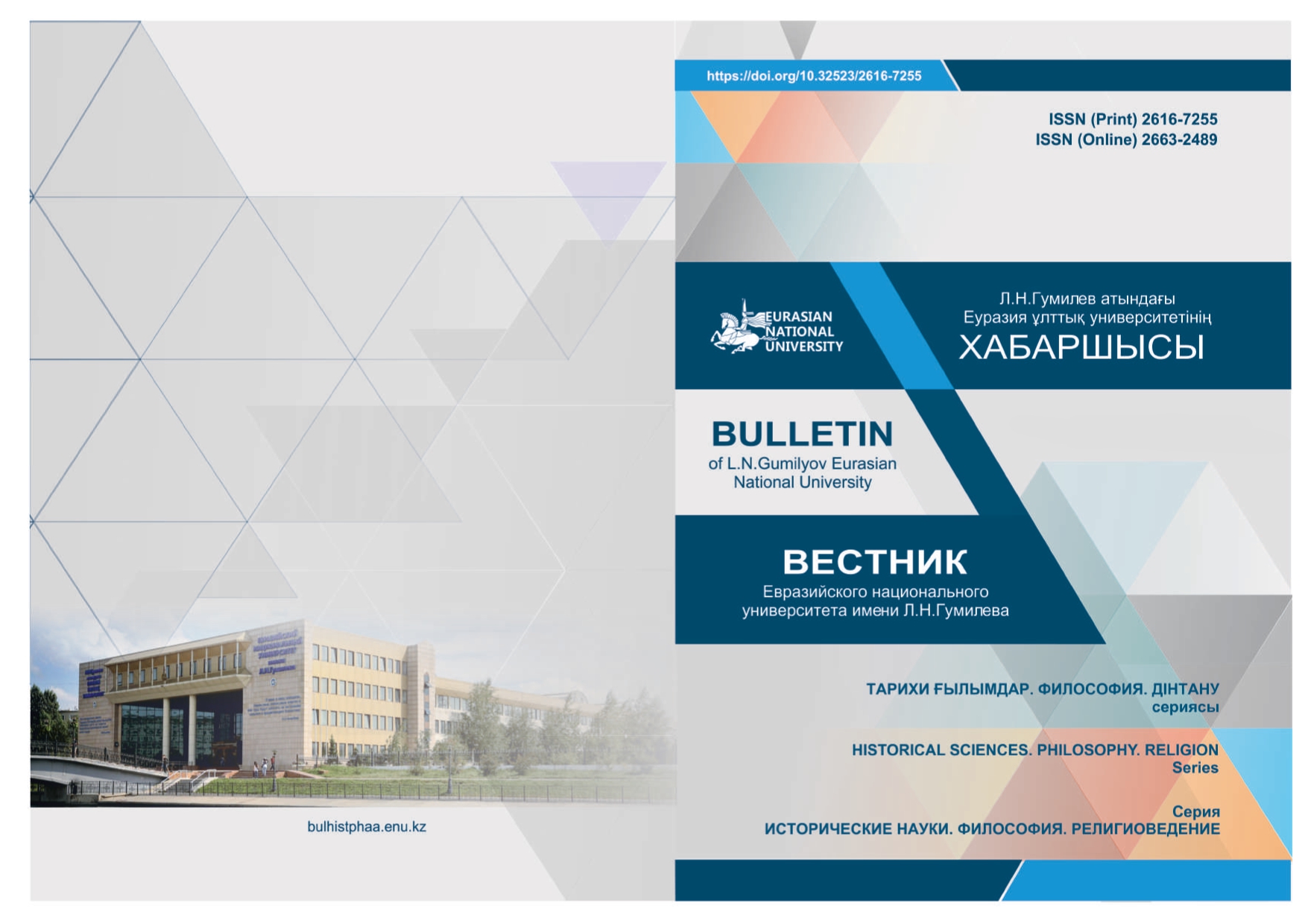Islamic modernism in India in the second half of the 19th century and Sayit Ahmed Khan
Views: 305 / PDF downloads: 224
DOI:
https://doi.org/10.32523/2616-7255-2024-146-1-284-303Keywords:
modernism, religion, India, Sayyid Ahmed Khan, Muslims, Quran, Sunnah, reason, Islam, traditionalism, fundamentalismAbstract
In the 19th century, when the industrial revolution was taking place in Europe, and the major powers were colonizing the world continent, there were religious changes in the Indian subcontinent. These processes are closely related to the above two factors. Because in 1857, India officially came under British rule. During this period, the Muslims, who were a minority in the Indian subcontinent, were under the pressure of the Christianization of the British authorities on the one hand, and the Indian missionaries on the other hand. Muslims lost their political power in the Indian country, which they had ruled for centuries, and the Islamic education system collapsed. Indian Muslims sought a way out of this difficult situation from religious traditionalism, religious fundamentalism, and also religious modernism. It is the latter that interests us in this article. Modernists sought to reform religious dogmas on the basis of rationality and reason. They believed that the way out of the deadlock was to return to the basic, that is, to the Qur'an. Modernists divided the Qur'anic rulings into two types: permanent, which must be fulfilled, and transitory, which is not considered mandatory. Indian modernists criticized medieval Muslim scholars and encouraged the Muslim community to benefit from Western science and technology. And in political matters, they often supported the British government or took a passive position.
The article comprehensively covers the innovative ideas of 19th-century Indian modernists on religion, Islamic law, and Islamic history, including the views of Sayyid Ahmed Khan, considered the leader of Islamic modernists in India. We will also focus on the critical views of groups such as Deobandism and Hadithism, which were against the modernist direction.
Downloads
Downloads
Published
How to Cite
Issue
Section
License
Copyright (c) 2024 This work is licensed under a Creative Commons Attribution-NonCommercial 4.0 International License.

This work is licensed under a Creative Commons Attribution-NonCommercial 4.0 International License.








